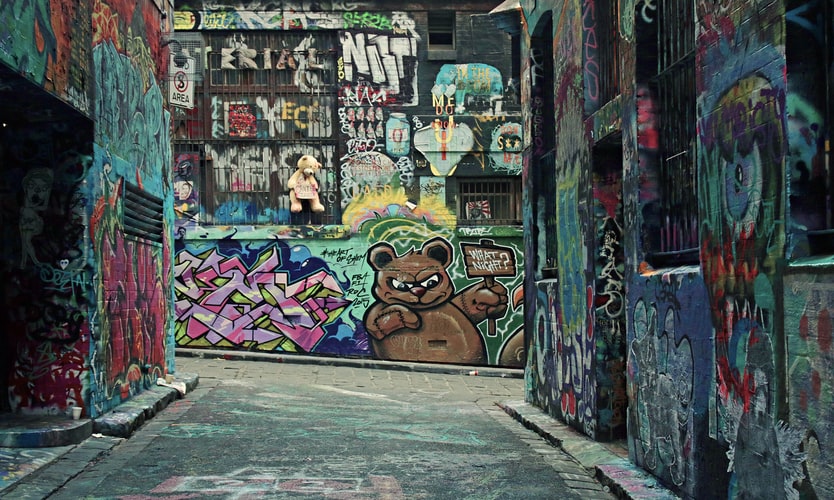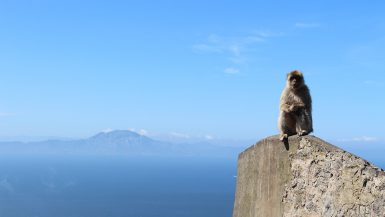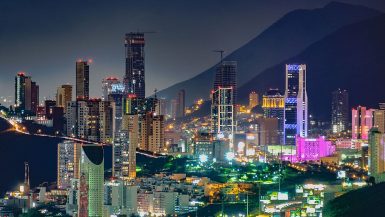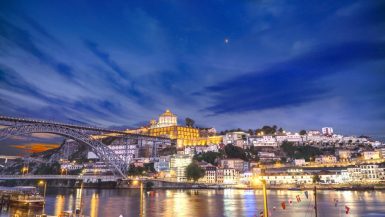Melbourne was once a tiny encampment of European immigrants (and not convicts like many believe) looking for riches in the many mines that dot the state of Victoria. Today it is a cosmopolitan alpha city, often called the most “European” city of Australia due to its incredibly high rates of Irish, Italian, and Greek immigration that make up the towns social fabric.

Melbourne presents this particularity immediately. The city’s districts and ethnic enclaves offer a clear portal into the many different nationalities that together built the city. Walking through Carlton you can hear as much Italian as in Naples. The same goes for Lonsdale street and its countless Greek restaurants and stores (the city’s Greek community is by far the largest outside of Greece). Melbourne’s East Asian and South East Asian community is also greatly represented, from the city’s Chinatown (second largest in the nation after Sydney) to the lively Vietnamese quarter on Victoria Street.
Remnants of its former status as a mining town can be seen on the Golden Mile Walk, close to where the former camp was founded in 1865. It is now flanked by massive skyscrapers and elegant Victorian townhouses and palaces symbolizing the precipitous growth of the town. When gold was found in the Yarra river, a town immediately sprouted up on its banks, coasting the sluggish stream up to Port Phillips bay, the city’s natural harbour.

Melbourne’s geographic position in the far south of Australia means it has a more temperate climate than the rest of the mostly desertic continent with windy mild summers and “cold” winters (at least by Aussie standards). Tourists and locals flock to the many beaches in the area nonetheless, from teeming St.Kilda, Port Melbourne and Brighton to the more isolated localities of Beumaris, Sandridge and Werribee South.

Melbourne has an amazing and complex history for such a recently founded town. Often dubbed the “cultural capital of Australia” and counting 4 million inhabitants it has an absolutely massive array of things to do and places to see, let’s check a few out.
National Gallery of Victoria
Founded in 1861, it is the oldest museum of the city and one of the most prestigious buildings of its type. Boasting a collection of more than 60000 art pieces spacing from Ancient Egypt to contemporary art and everything in between, including some of the most iconic art pieces ever produced. Three of the gallery’s mainstays are its collections of pre-Columbian, Polynesian and Indigenous Australian art. Their modern exhibitions include paintings and sculptures of all the great European masters spacing from Italian to Dutch while also including exponents of Australian Impressionists from the famed and distinct Heidelberg school of painting (so-called after a suburb of Melbourne named after the eponymous German city).

The Melbourne Museum
This enormous modernist complex is the largest museum in the Southern Hemisphere. Its immense collection is arranged over six floors and three underground facilities. Main draws of the museum are its unique collection of Bunjilaka Aboriginal art (focusing on dreams and life stages of the original Australians). The curiously cube shaped Children’s Museum is massively popular with younger ones while the stupefying Gallery of life recreates the flora and fauna of the state of Victoria.
Melbourne’s Skyscrapers
The city ushered into modernity at a dizzying rate during the course of the 20th century. A testament to this fact are the city’s many astonishing skyscrapers. First on the list is Melbourne’s iconic Eureka tower which held the coveted record of world’s tallest residential building from 2006 to 2019 at 297 metres. The iconic tower was beaten not only by skyscrapers built in Dubai but by another Melbournian supertall high-rise, the Australia 108. At 316 metres it is the second-tallest building on the continent after the Q1 tower of Surfers Paradise.

The observation decks of both buildings offer spectacular, 360 views of the entire city and its beautiful hinterland. The proposed Southbank by Beulah building is a new tower that just started construction on the border between Melbourne’s Central Business District and the eponymous commercial neighbourhood of Southbank (south from the Yarra river). When completed it will become the new tallest building of the Southern Hemisphere with a height of 350 metres!
A special mention should also go to the Melbourne Central Shopping Centre that hosts a tower inside, you guessed it, another tower! That is to say, the entire 593.000 square feet of the complex include the Melbourne Central railway station and the 210m Melbourne Central Office Tower that overlooks the two massive glass domes that cover the giant building. So massive infact, that another smaller tower is contained inside of it. The Coop’s Shot Tower is a historic Victorian edifice dating from the late 19th century. The entire building was encased instead of demolished, a superbly extravagant feat of modern architecture.

The Royal Exhibition Building and Flinders Street Station
The stupendously Victorian Royal Exhibition Building merits a very significative place on this list as it is the first Australian building to be deemed a UNESCO Heritage site together with the lush and elegant Carlton gardens that surround it. It is not only a cultural symbol of the city but it is also one of the oldest exhibition pavilions in the world. Flinders Street Station is another emblematic Melbournian structure, the first steam trains on the isolated continent departed from this hub. The building is one of the most commonly found on Victorian (the state not the time period) postcards.

The Royal Botanical Gardens
Located in a sprawling park along the Yarra, Melbourne’s Botanical gardens are cherished and admired by locals and visitors alike and are especially a family favourite for picnics and other such leisurely activities. More than 10000 different plants and 5000 different tree species call this immense 35-hectare garden home.

Events and Festivals
As a global city Melbourne is the seat of some of the world’s most coveted events, both on a worldwide and local scale. The Australian Open Tennis Championships probably takes the cake as the most recognized, followed and most prestigious event. Over half a million annual spectators attend the Grand Slam tournament held in the historic Rod Laver and more recent Vodafone arenas. Melbourne is also a seat for the Formula 1 which brings its high-octane adrenaline in the form of the Australian Grand Prix.

Melbourne, and its immediate surroundings, have also built a stellar reputation as a more than willing host of international music festivals spacing from rock, pop to techno and hip hop. Among the most spectacular (there are sooo many to choose from) are: The Falls Music Festival, Rainbow Serpent, Strawberry Fields Festival, Earthcore and A Day on the Green (famed for its culinary and wine-related facets, bringing together the best Australian winemakers to a summit that also includes music from the likes of Elton John and Mariah Carey whoop whoop).

Eating and Drinking
Melbourne’s culinary affinity undoubtedly comes from its hyper-diverse ethnic makeup. The three main heavyweights of the towns gastronomic melting pot (based solely on number of actual eateries) are: The Italian, Greek and Vietnamese community (but by all means not the only ones as the Lebanese, Spanish, French, Chinese, Indonesian, Sudanese communities as well as many others also hold their own).

For specific spots, the Taxi Dining Room in Swanson Street that offers an eclectic mix of both local Australian and Japanese fusion cuisine accompanied by excellent regional wines. World-famous Vue de Monde run by one of Australians favourite celebrity chefs and TV personalities, Shane Bennett, is one of the most exclusive and renowned Melbournian restaurants with its reinterpretations of classic French cuisine. SUNDA is the go-to spot for South-East Asian cuisine while Florentino is a haven (albeit a pricy one) for delicious Italian and Mediterranean dishes.
Nightlife
Though Sydney and Surfer’s Paradise are often crowned as the party capitals down under, Melbourne also brings a lot to the table, being a large city with a continually evolving arts and musical sector and a young, hip demographic creates an eclectic mix and a dynamic partying scene.

The CBD is the traditional go-to place for nightclubs and international events, but it’s in the city’s “old town” area (surrounding Flinders station for example) where one can find Melbourne’s iconic “Laneways”. The Laneway district is characterised by a maze of gothic alleyways often covered in stunning street art that also hosts a slew of bars, eateries and ateliers popular with all manner of local eccentrics and tourists alike.

Specific spots to either sip a cocktail or party the night away include: The stupendously kitsch Madame Brussels Cafè, Bennetts Lane for jazz lovers, Transit in central Federation Square and Eureka 89’s 300m lounge bar while world famous night clubs comprise: Dance enthusiast ‘s favourite The Loft and the hyper-trendy Night Cat in central Fitzroy. Being a city located in Australia, a nation famed for its drinking prowess, Melbourne offers an almost infinite selection of pubs, bars and cafè’s so there’s plenty to do, see and ultimately drink.
With that we conclude our tour of Melbourne, the most “old world” destination in Oz, a city steeped in modernity and innovation but that still hasn’t forgot its roots.







Leave a reply